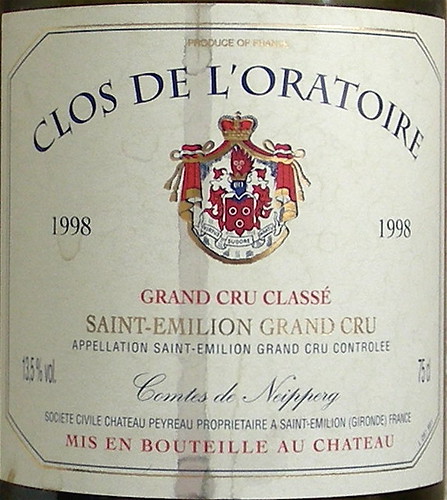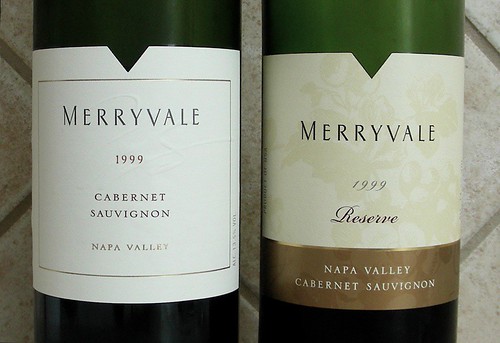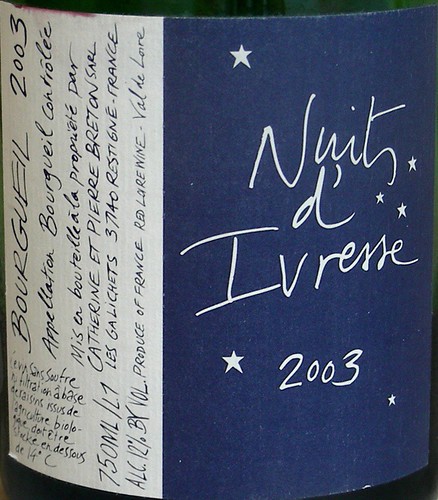 Sometimes, you don't need a fancy meal to enjoy a good bottle of wine. Take our last Friday dinner for instance. We had a simple home cooked dinner of grilled steak, oven roasted potatoes, and green salad. But the steak was screaming for a nice bottle of Bordeaux so I opened a 1998 Clos de l'Oratoire.
Sometimes, you don't need a fancy meal to enjoy a good bottle of wine. Take our last Friday dinner for instance. We had a simple home cooked dinner of grilled steak, oven roasted potatoes, and green salad. But the steak was screaming for a nice bottle of Bordeaux so I opened a 1998 Clos de l'Oratoire.Clos de L'Oratoire is a Saint-Emilion Grand Cru currently owned by the aristocratic Count Stephan von Neipperg of Château Canon La Gaffelière. It is a 10.32 hectare estate located on Saint-Emilion's northeast slope. The soil consists of limestone, sand, and a clay subsoil, conditions that are particularly favorable to the Merlot grape (90% of the blend, the rest being equally divided between Cabernet Franc and Cabernet Sauvignon). The wine is aged in oak barrels, mostly new, for up to 18 months and is bottled unfined and unfiltered.
In the glass, this 9 year old wine had a dark garnet color showing no sign of age. The nose had wonderful gamey aromas with sweet berry notes in the background. The palate offered a rich layered array of flavors, a nice balance between tannins and acidity and a persistent earthy/mocha finish.
It's funny how quickly we forget how rewarding simple pleasures are, like a juicy grilled steak and a glass of good Bordeaux.
Technorati tags: wine food & drink


